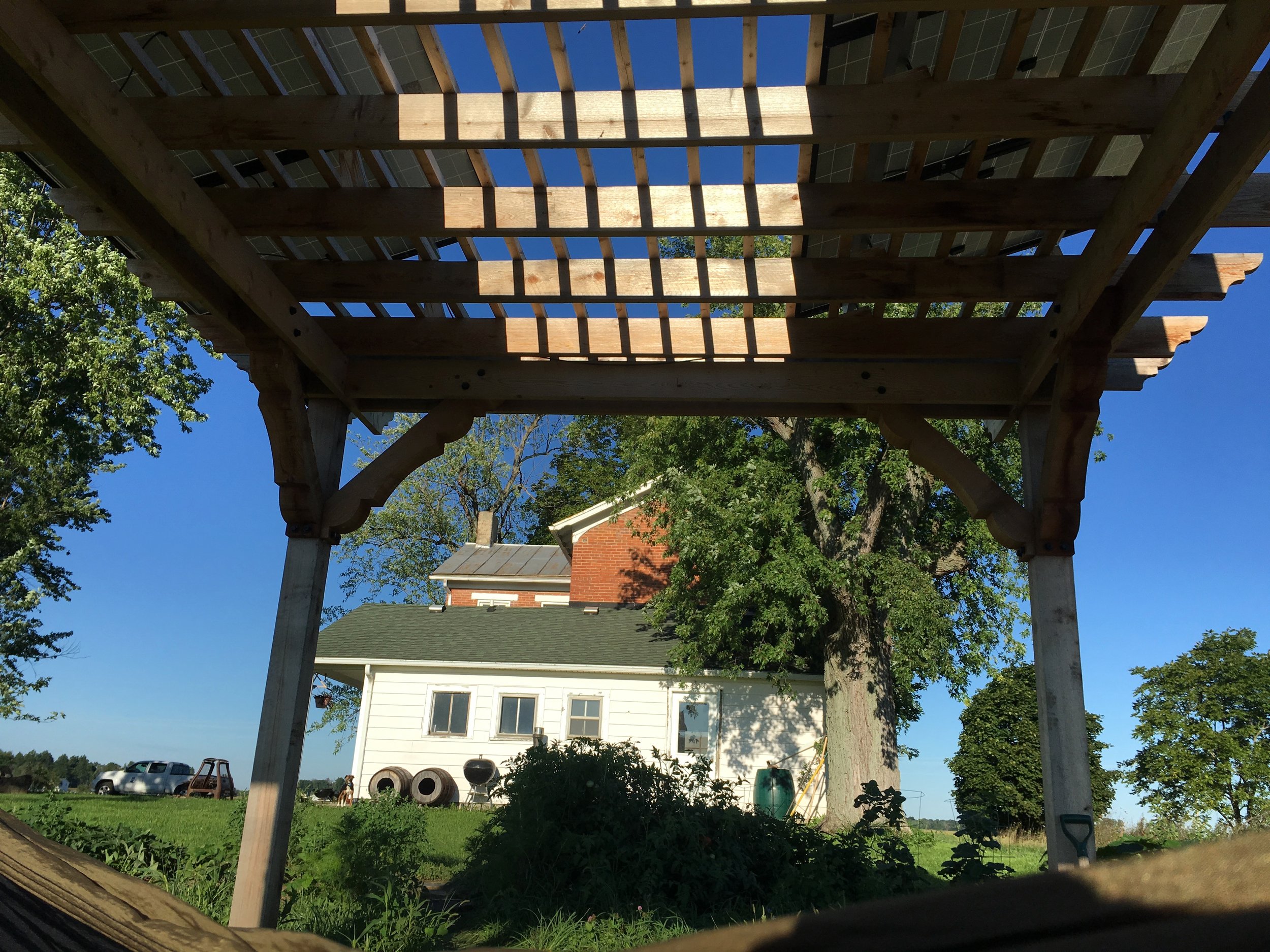Putting solar to work for you.
01 — Solar Thermal
Solar energy comes to us in two forms: light and heat. Heat, or thermal energy, is used to heat domestic hot water and swimming pools. We have installed a number of solar heating systems from 2010 to 2020 for both domestic hot water and swimming pools, however, as solar electric prices have decreased, the demand for solar heating systems has followed suite. That is because there is more to maintain with solar heating systems whereas solar electric systems are practically maintenance free.
02 — Grid Tied Solar Electric
The most popular solution today is grid tied solar electric. These systems include a PV array made up of solar electric panels and grid tied inverters. The grid tied inverters are connected to the grid and the inverter’s output is slightly higher than the grid which allows the energy from the sun to maintain the site loads first, then push the remaining energy back onto the grid. The annual energy produced is balanced by the utility in what is called net metering. The energy is pushed onto the grid during the summer months and credited against the winter months when there is less solar energy.
03 — Grid Tied With Battery Backup
Grid tied with battery backup allows the solar electric system to operate independently from the grid when there is an outage. These systems are comparable to having a backup generator. For full autonomy during an outage, having battery backup and a generator, is optimal. That system can be operated off grid and could very well be the future of distributed generation.
04 — Off Grid PV and Micro Grids
Where electric power is required some distance from the public utility grid, a solar electric system with batteries and a generator can be combined to produce off grid power. This is ultimate autonomy and we are working to develop competitive off grid, and microgrid systems for food trucks, residences, and businesses.




